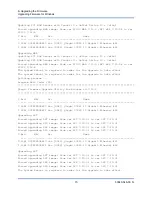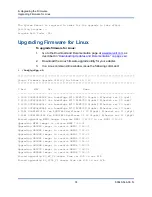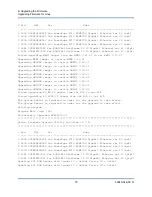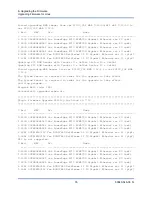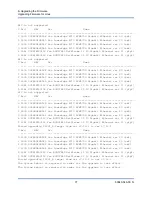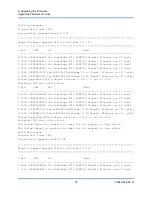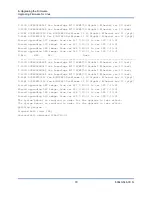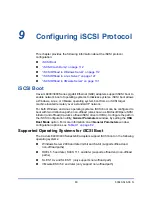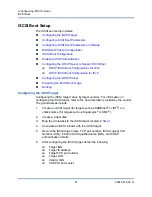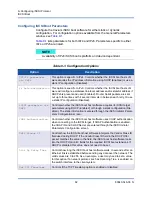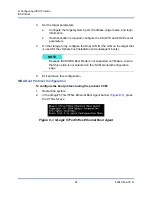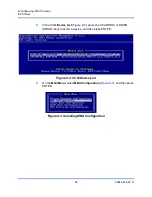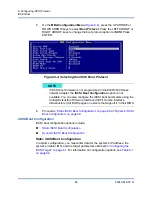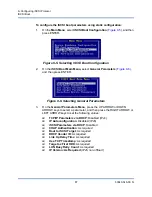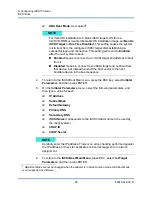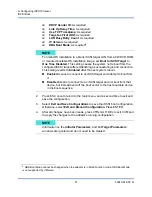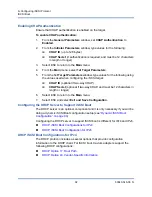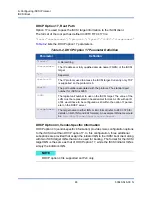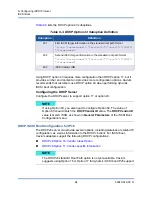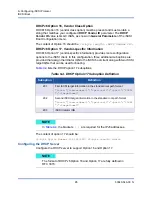
9–Configuring iSCSI Protocol
iSCSI Boot
82
83840-546-00 N
Configuring iSCSI Boot Parameters
Configure the Cavium iSCSI boot software for either static or dynamic
configuration. For configuration options available from the General Parameters
window, see
.
lists parameters for both IPv4 and IPv6. Parameters specific to either
IPv4 or IPv6 are noted.
NOTE
Availability of IPv6 iSCSI boot is platform and device dependent.
Table 9-1. Configuration Options
Option
Description
TCP/IP parameters
via DHCP
This option is specific to IPv4. Controls whether the iSCSI boot host soft-
ware acquires the IP address information using DHCP (Enabled) or use a
static IP configuration (Disabled).
IP Autoconfiguration
This option is specific to IPv6. Controls whether the iSCSI boot host soft-
ware will configure a stateless link-local address and/or stateful address if
DHCPv6 is present and used (Enabled). Router Solicit packets are sent
out up to three times with 4 second intervals in between each retry. Or use
a static IP configuration (Disabled).
iSCSI parameters via
DHCP
Controls whether the iSCSI boot host software acquires its iSCSI target
parameters using DHCP (Enabled) or through a static configuration (Dis-
abled). The static information is entered through the iSCSI Initiator Param-
eters Configuration screen.
CHAP Authentication
Controls whether the iSCSI boot host software uses CHAP authentication
when connecting to the iSCSI target. If CHAP Authentication is enabled,
the CHAP ID and CHAP Secret are entered through the iSCSI Initiator
Parameters Configuration screen.
DHCP Vendor ID
Controls how the iSCSI boot host software interprets the Vendor Class ID
field used during DHCP. If the Vendor Class ID field in the DHCP Offer
packet matches the value in the field, the iSCSI boot host software looks
into the DHCP Option 43 fields for the required iSCSI boot extensions. If
DHCP is disabled, this value does not need to be set.
Link Up Delay Time
Controls how long the iSCSI boot host software waits, in seconds, after an
Ethernet link is established before sending any data over the network. The
valid values are 0 to 255. As an example, a user may need to set a value
for this option if a network protocol, such as Spanning Tree, is enabled on
the switch interface to the client system.
Use TCP Timestamp
Controls if the TCP Timestamp option is enabled or disabled.






